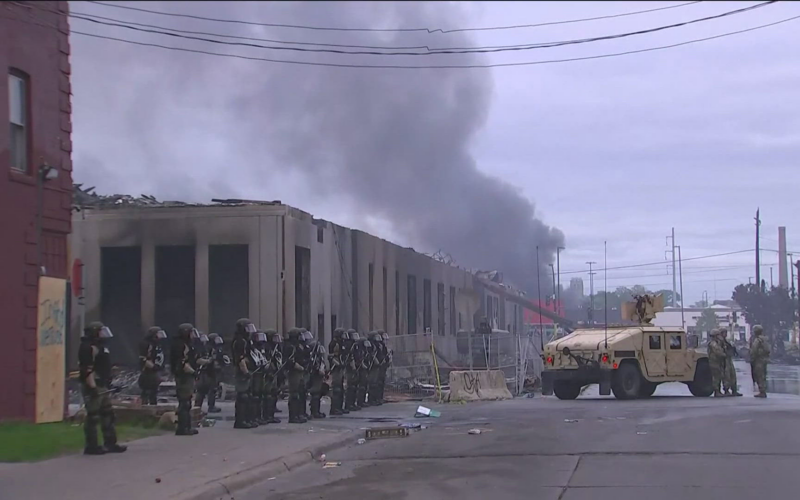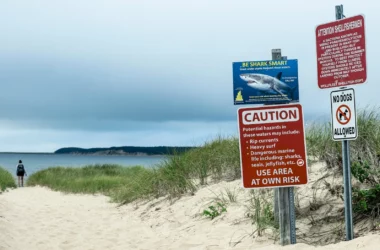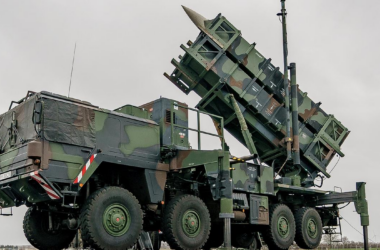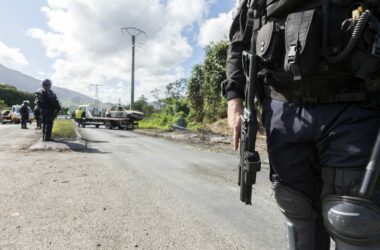Governor Tim Walz is facing renewed scrutiny over his handling of the 2020 riots in Minnesota, with questions arising about whether he was too slow to deploy the National Guard during one of the most tumultuous periods in the state’s history. The criticism has gained momentum since Walz joined Vice President Kamala Harris’s ticket, casting a spotlight on his decision-making during a critical time.
In the chaotic days following the murder of George Floyd by a Minneapolis police officer, the city descended into violent unrest. On May 27, 2020, two days after Floyd’s death, Minneapolis Mayor Jacob Frey urgently requested assistance from the Minnesota National Guard as the police lost control of the situation. Despite the plea for help, Governor Walz did not immediately activate the Guard, waiting until the afternoon of May 28 to sign the executive order. This delay has been a focal point of criticism, particularly as rioters set a police station ablaze before substantial National Guard forces were deployed.
As the violence escalated, Governor Walz, a National Guard veteran, eventually took command of the situation, deploying thousands of troops to restore order. However, the initial hesitation has led to accusations that his delayed response allowed the situation to spiral out of control, resulting in widespread destruction and fear.
Supporters of Walz argue that he was navigating an unprecedented crisis, balancing the need for public safety with concerns about escalating tensions. Critics, including Republicans and some local officials, claim that his delay in mobilizing the Guard reflected a lack of decisive leadership in a moment of crisis.
These events are now under closer examination as Walz’s political career advances on the national stage. His actions during the riots offer a glimpse into how he might handle future crises as a potential vice president or even president. While Walz has defended his response as measured and necessary, the lingering questions about his leadership during the 2020 unrest continue to shape the narrative around his candidacy.








